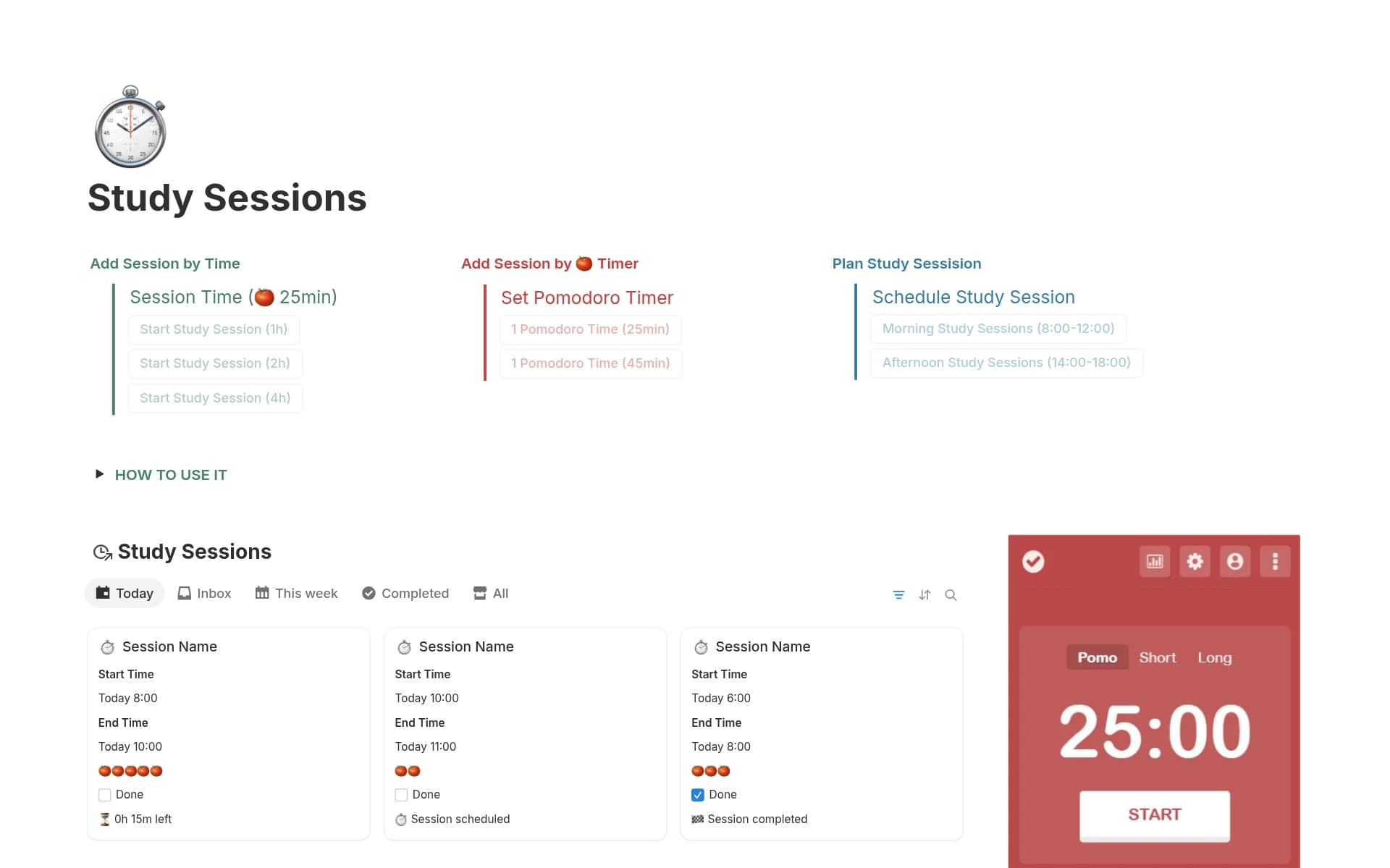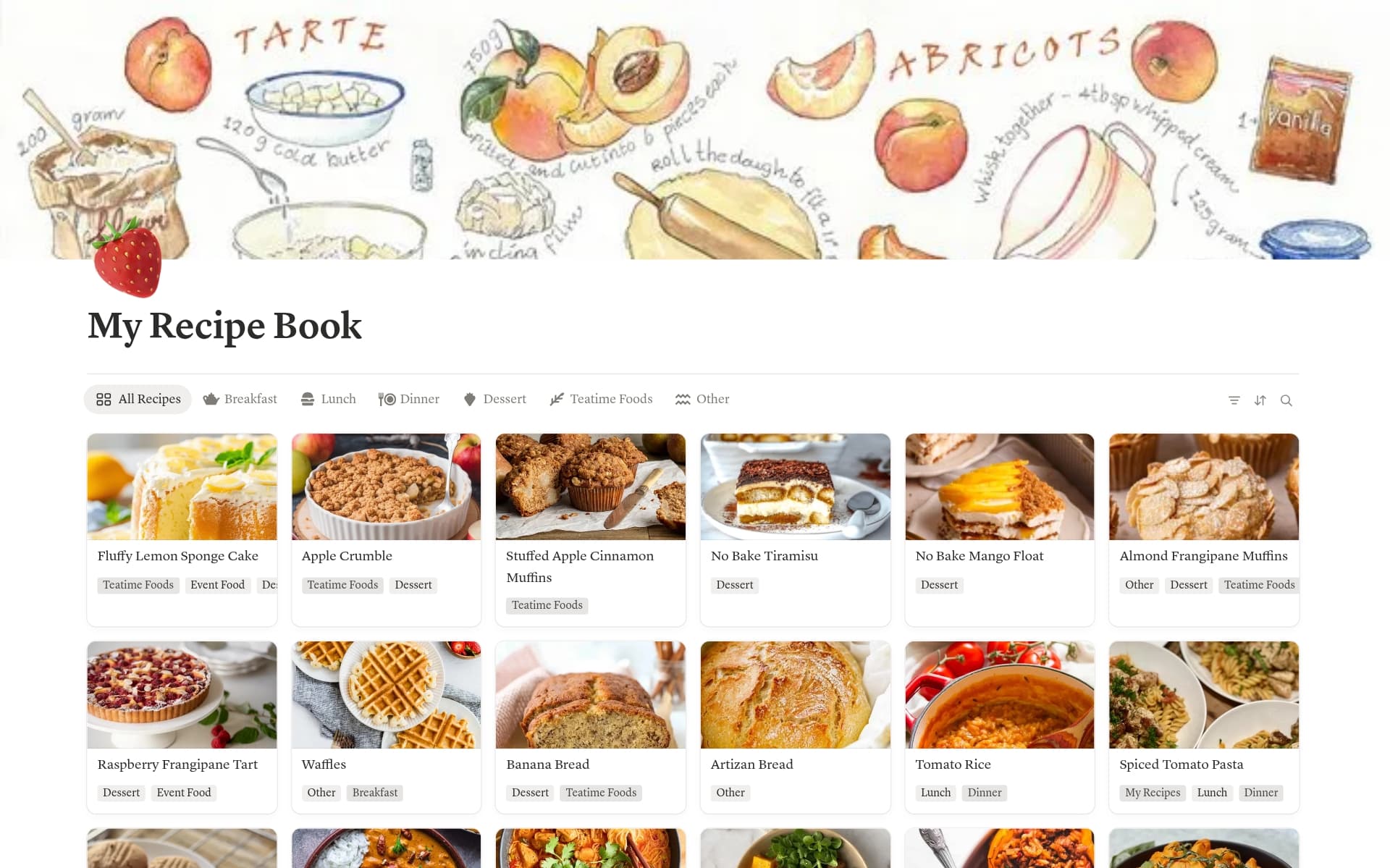For computer engineers, navigating the vast landscape of technology, methodologies, and best practices can be overwhelming. An Engineering Knowledge Base serves as a centralized repository for this critical information, streamlining access and fostering a culture of learning and collaboration. With an Engineering Knowledge Base Notion template, engineers can effortlessly organize, share, and retrieve knowledge, improving project outcomes and team efficiency.
Before diving into creating your own Engineering Knowledge Base, it's worthwhile to explore these Eng Knowledge Base templates. They provide structured frameworks that can save time and help ensure your knowledge base is comprehensive and easy to navigate.
What Should Eng Knowledge Base Templates Include?
Choosing the right Eng Knowledge Base template can streamline project management and enhance team collaboration. Here are key components to look for in an effective template:
Comprehensive Search Functionality - Ensure the template supports robust search capabilities to quickly locate specific documents and entries.
Structured Categorization - A well-organized category system helps in navigating through different types of knowledge assets, such as FAQs, troubleshooting guides, and development protocols.
Integration Capabilities - Check for templates that offer seamless integration with other tools used by your engineering team, enhancing productivity and communication.
Update and Revision Tracking - Opt for templates that include a clear history of document revisions to track changes over time and maintain version control.
Selecting a template with these features will ensure that your engineering team has a reliable and efficient resource at their disposal.
What Should Eng Knowledge Base Templates Avoid?
Choosing the right Engineering Knowledge Base template is crucial for streamlining information retrieval and enhancing team productivity. However, certain features can detract from the template's effectiveness.
Overly Complex Structures: Templates with complicated categorization can confuse users, making it difficult to locate information quickly.
Excessive Customization Options: While personalization is beneficial, too many options can overwhelm and lead to inconsistency in data entry.
Non-Collaborative Features: Avoid templates that do not support real-time collaboration, as they hinder the sharing and updating of critical knowledge among team members.
Ultimately, the best templates are those that balance simplicity with functionality, ensuring that they meet the needs of the team without causing frustration or delays.




